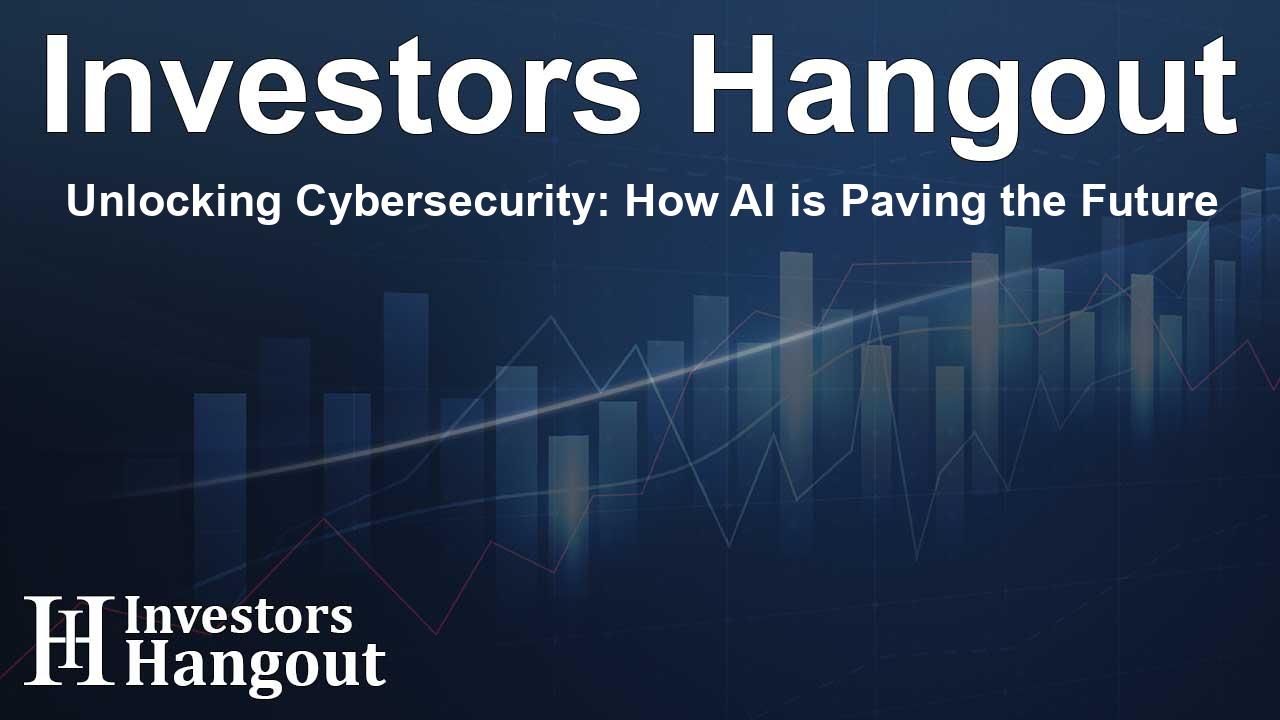Unlocking Cybersecurity: How AI is Paving the Future

AI: A Game Changer in Cybersecurity
As the world increasingly relies on digital interactions, organizations are recognizing the vital role that artificial intelligence (AI) and generative AI (Gen AI) play in enhancing cybersecurity measures. Recent findings reveal that the advent of AI technologies is ushering in a transformative era for cybersecurity, but they also introduce new vulnerabilities that organizations must navigate effectively.
The Dual Nature of AI in Security
While AI serves as a strategic asset to fortify security protocols, it simultaneously amplifies certain risks. The Capgemini Research Institute's recent insights indicate that a significant number of firms are integrating AI into their security operations. However, this integration comes hand-in-hand with increased threats, including sophisticated cyber attacks and data breaches due to the misuse of Gen AI. Many organizations are cautious about the balance between leveraging these technologies and ensuring their security posture remains robust.
Identifying New Cybersecurity Threats
The report outlines three primary areas of risk associated with the adoption of Gen AI: the rise of complex adversarial attacks, an expanded cyber-attack surface, and heightened vulnerabilities throughout the lifecycle of custom Gen AI applications. Organizations must be vigilant, as nearly all respondents reported experiencing security incidents related to Gen AI's deployment, with many expressing concerns regarding data leaks from their training datasets.
The Financial Implications of Gen AI Risks
Deepfakes and other forms of synthetic content generated by Gen AI have posed additional threats, leading to financial losses for numerous companies. With 43% of surveyed organizations reporting such losses, it is evident that the stakes are rising in this digital threat landscape. Consequently, a substantial percentage of firms believe that boosting their cybersecurity budgets is imperative to mitigate these evolving risks.
AI's Role in Threat Detection and Response
According to the survey conducted by Capgemini, about 1,000 organizations highlighted the critical role of AI in enhancing their cybersecurity measures. Most organizations reported significant improvements in their ability to detect and respond to incidents, stating that their time-to-detect had decreased by at least 5%, while remediation times also saw similar reductions.
Proactive Defense Strategies with AI
Approximately 61% of these organizations acknowledged AI's fundamental importance in enabling effective threat response frameworks. The anticipation that Gen AI could facilitate faster detection and empower cybersecurity teams to focus on broader strategic initiatives is becoming a common sentiment among security professionals. This potential for heightened efficiency signifies AI’s critical place in future cybersecurity operations.
Guidelines for Responsible AI Adoption
Capgemini's Global Head of Cybersecurity emphasizes that while AI presents significant opportunities, organizations must tread carefully. To leverage AI responsibly, firms should prioritize continuous monitoring, establish robust frameworks and ethical guidelines for AI utilization, and enhance employee training programs to encompass AI-specific scenarios. These measures are essential for organizations to harness AI's benefits while minimizing associated risks.
About Capgemini
Capgemini operates as a distinguished global partner for business and technology transformation, assisting organizations in their journey towards digital and sustainable innovation. With a workforce exceeding 340,000 across over 50 countries, Capgemini is recognized for its commitment to addressing diverse business challenges through cutting-edge technology solutions, including AI, cloud services, and in-depth industry knowledge.
Frequently Asked Questions
What is the main focus of the recent Capgemini report?
The report explores how AI and Gen AI are influencing cybersecurity strategies, revealing both opportunities for improvement and emerging threats.
How are organizations utilizing AI for cybersecurity?
Organizations are deploying AI to enhance data analysis, threat detection, and improve overall response times to cyber incidents.
What are the key risks associated with Gen AI?
Key risks include sophisticated cyber attacks, expanded vulnerabilities, and potential data leaks stemming from AI misuse.
How can businesses mitigate risks from AI and Gen AI?
Businesses can mitigate risks by implementing robust monitoring systems, improving data management, and providing ongoing employee training.
What role does Capgemini play in the cybersecurity landscape?
Capgemini provides strategic services that help organizations enhance their cybersecurity operations through innovative technologies and methodologies.
About Investors Hangout
Investors Hangout is a leading online stock forum for financial discussion and learning, offering a wide range of free tools and resources. It draws in traders of all levels, who exchange market knowledge, investigate trading tactics, and keep an eye on industry developments in real time. Featuring financial articles, stock message boards, quotes, charts, company profiles, and live news updates. Through cooperative learning and a wealth of informational resources, it helps users from novices creating their first portfolios to experts honing their techniques. Join Investors Hangout today: https://investorshangout.com/
Disclaimer: The content of this article is solely for general informational purposes only; it does not represent legal, financial, or investment advice. Investors Hangout does not offer financial advice; the author is not a licensed financial advisor. Consult a qualified advisor before making any financial or investment decisions based on this article. The author's interpretation of publicly available data shapes the opinions presented here; as a result, they should not be taken as advice to purchase, sell, or hold any securities mentioned or any other investments. The author does not guarantee the accuracy, completeness, or timeliness of any material, providing it "as is." Information and market conditions may change; past performance is not indicative of future outcomes. If any of the material offered here is inaccurate, please contact us for corrections.